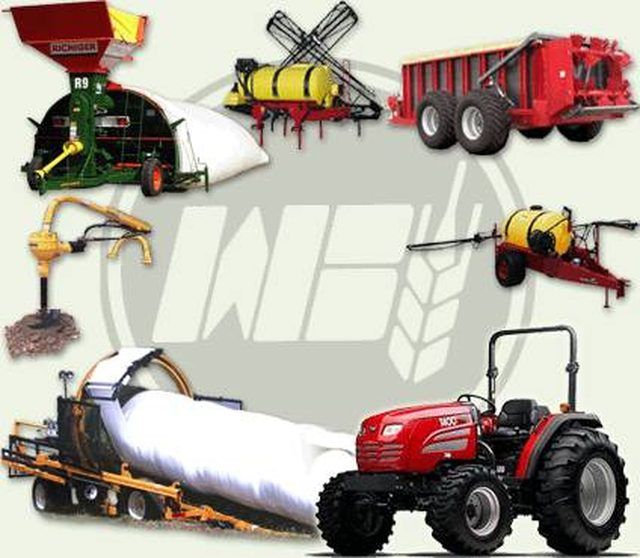Bulbs
Flower Basics
Flower Beds & Specialty Gardens
Flower Garden
Garden Furniture
Garden Gnomes
Garden Seeds
Garden Sheds
Garden Statues
Garden Tools & Supplies
Gardening Basics
Green & Organic
Groundcovers & Vines
Growing Annuals
Growing Basil
Growing Beans
Growing Berries
Growing Blueberries
Growing Cactus
Growing Corn
Growing Cotton
Growing Edibles
Growing Flowers
Growing Garlic
Growing Grapes
Growing Grass
Growing Herbs
Growing Jasmine
Growing Mint
Growing Mushrooms
Orchids
Growing Peanuts
Growing Perennials
Growing Plants
Growing Rosemary
Growing Roses
Growing Strawberries
Growing Sunflowers
Growing Thyme
Growing Tomatoes
Growing Tulips
Growing Vegetables
Herb Basics
Herb Garden
Indoor Growing
Landscaping Basics
Landscaping Patios
Landscaping Plants
Landscaping Shrubs
Landscaping Trees
Landscaping Walks & Pathways
Lawn Basics
Lawn Maintenance
Lawn Mowers
Lawn Ornaments
Lawn Planting
Lawn Tools
Outdoor Growing
Overall Landscape Planning
Pests, Weeds & Problems
Plant Basics
Rock Garden
Rose Garden
Shrubs
Soil
Specialty Gardens
Trees
Vegetable Garden
Yard Maintenance
How to Use Farm Machinery
How to Use Farm Machinery. Farming equipment is usually split into two groups: single-function and multi-use. A tractor would be a multi-use item, while a chainsaw is a single-use piece of machinery. Using any of these requires a solid knowledge about their use, and a careful concern for safety.

Farming equipment is usually split into two groups: single-function and multi-use. A tractor would be a multi-use item, while a chainsaw is a single-use piece of machinery. Using any of these requires a solid knowledge about their use, and a careful concern for safety.
Using farm machinery
Read the machine's manuals. No equipment should ever be used without a basic understanding of how to work the controls, and the quickest method to do this is to read the original equipment manual. Some machines will use standardized controls, like tractors, but knowing how to operate one correctly is paramount.
Check the machine's fuel and engine maintenance items. Most equipment will use fuel, and require that the oil and coolant levels be checked routinely.
Start the equipment, and let it warm to idle.
Become familiar with the dimensions of the vehicle. Be sure to have full awareness of all wheels, lifting arms, and attached buckets or equipment. Tractors and backhoe type equipment will have several levers and possibly pedals. On the right is typically the throttle, on the left is the clutch. In the center will be the gear selector and gauges. As every machine is slightly different, even among similar models, it is wise to learn how the particular machine moves and operates in certain environments before putting it to work.
Use the machine, but not to it's limits. While a machine might be able to pull stumps or haul loads, constantly pushing the machine to the limits of it's safe tolerances will wear it down quickly. Farm machinery has time clocks instead of odometers, so they are devalued on the amount of working time accrued, not mileage. Running a machine for ten hours straight can dirty oil and break down components much faster, and this goes double for pushing it hard. Most equipment will have more than enough power to do most tasks in the normal operating range.
Tips & Warnings
Check fluids often to keep the machine in top shape.
Do not become casual with farm equipment, a thresher or motorized tractor plow can literally kill.